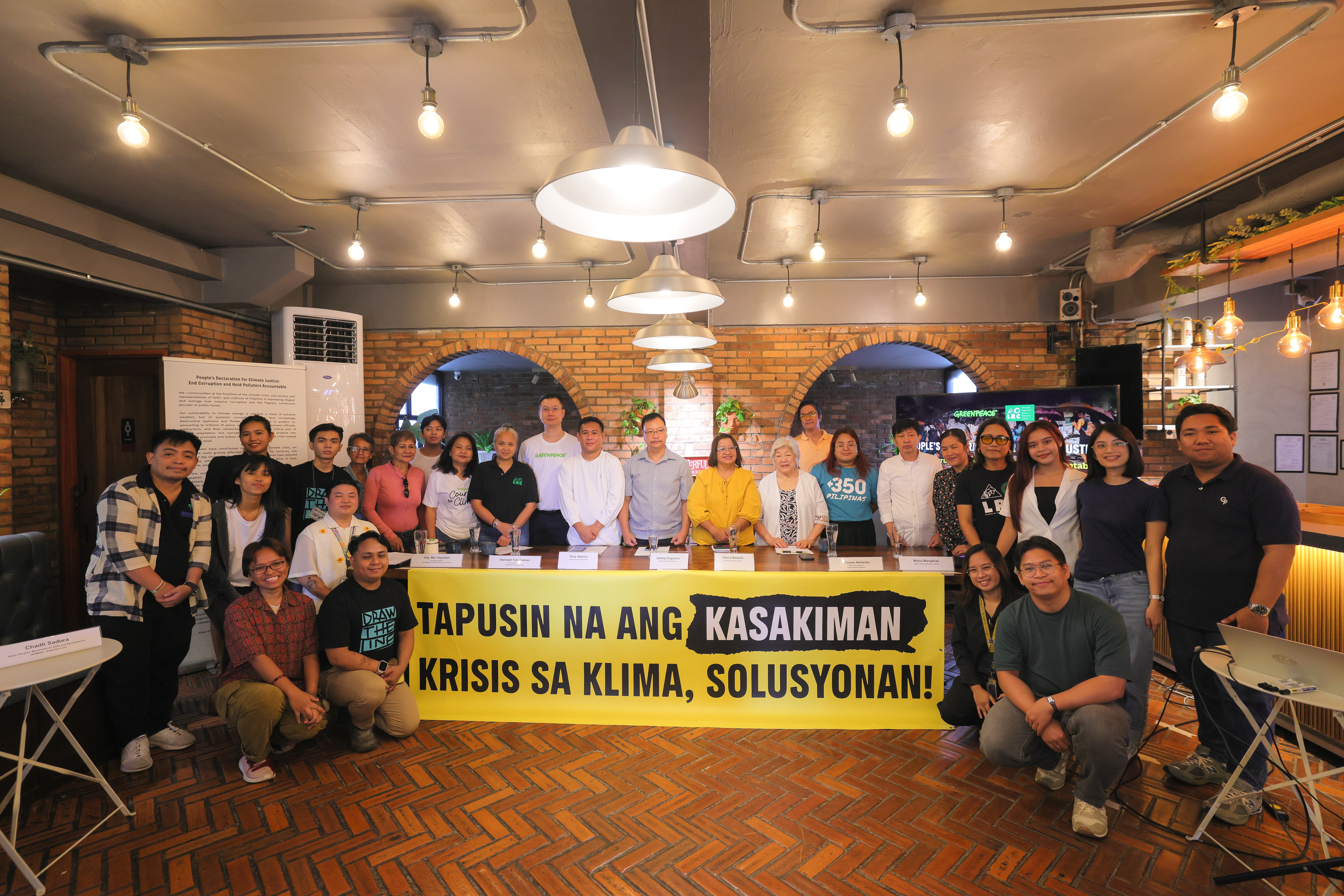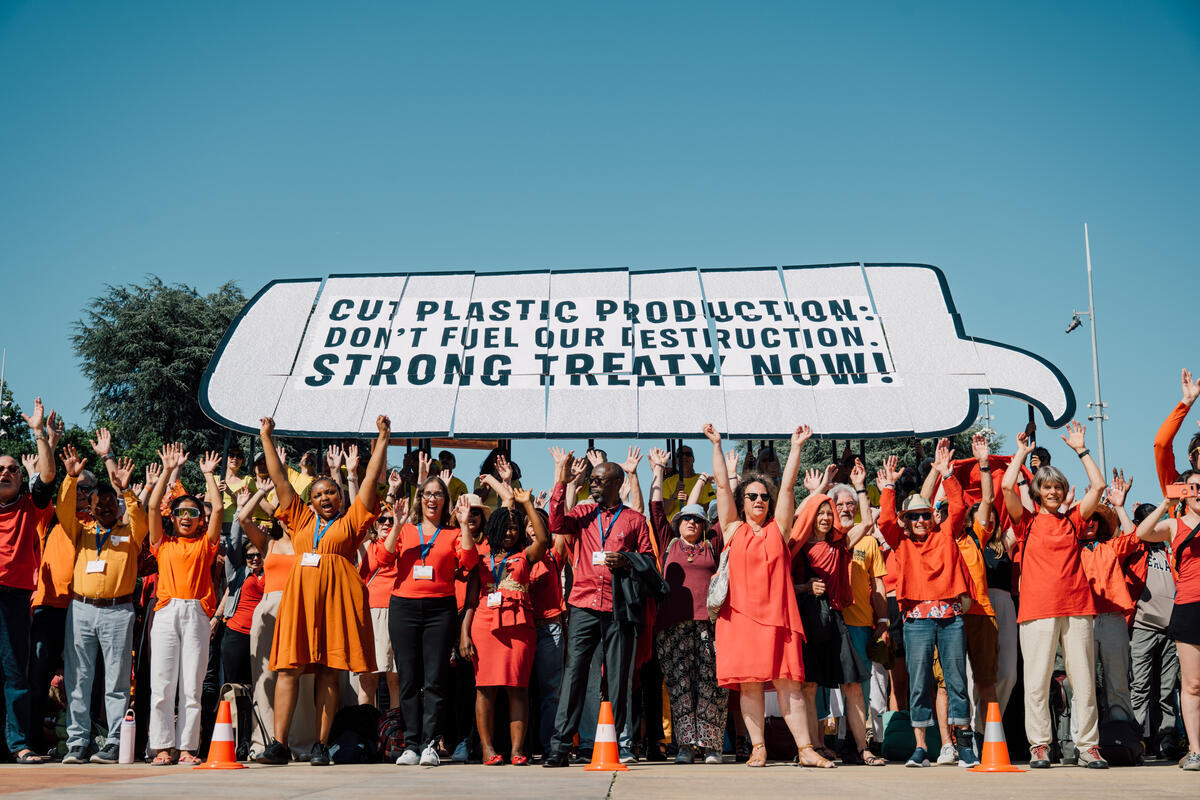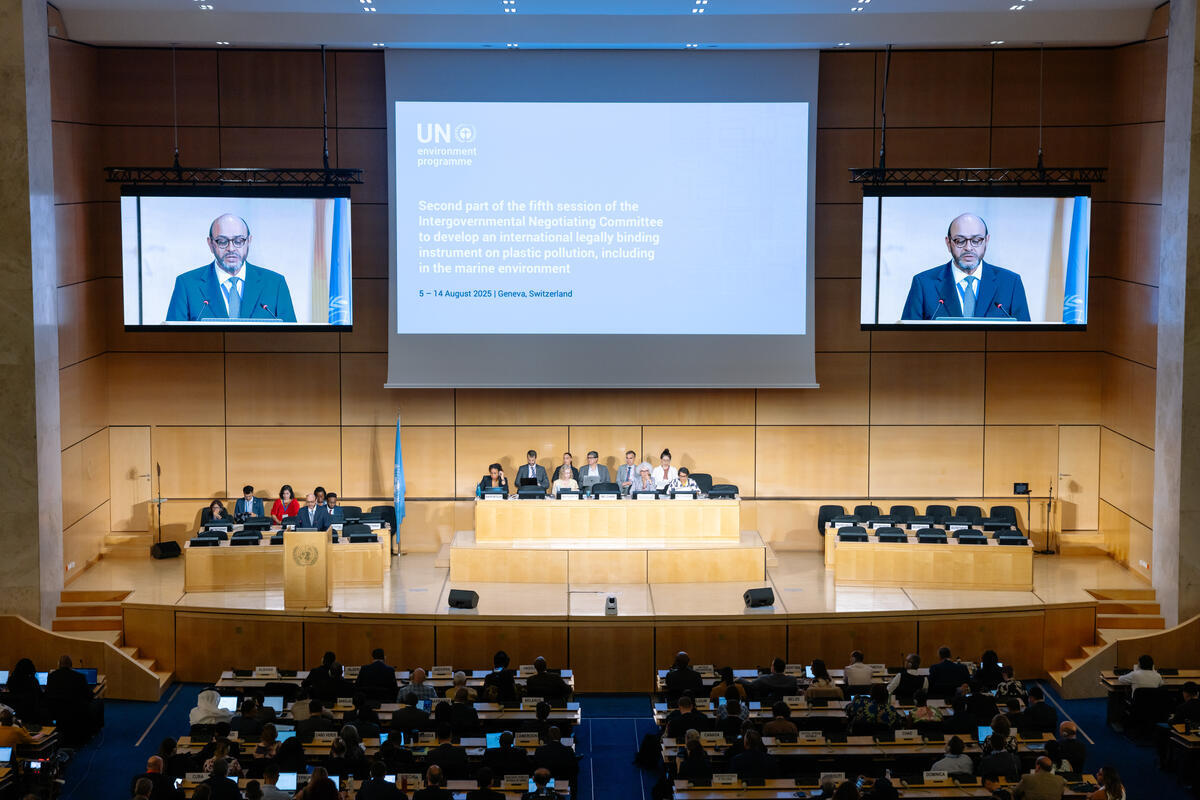Netizens observed an unusual haze over the Metro Manila skyline, which PHIVOLCS today acknowledged was due to a combination of sulfur dioxide from the Taal Volcano and worsening air pollution due to increased vehicle traffic in the region.
Reacting to this occurrence, Greenpeace Campaigner Khevin Yu said:
“The unhealthy air situation due to increasingly normalizing car volume in Metro Manila, worsened by Taal’s volcanic activities, exposes the consequences of deprioritizing air pollution monitoring.
“None of DENR’s 14 PM2.5 sensors in Metro Manila are working as of writing [1], but Greenpeace’s monitoring equipment has shown hazardous PM2.5 levels as early as Sunday.” While PHIVOLCS has clarified their earlier assessment of the air quality situation, without adequate and working air quality monitoring systems, the government will be stuck in an air pollution guessing game. Improved air quality monitoring, on the other hand, will yield valuable data that government agencies can act on.
“Bad air quality has negative impacts on the health of people and the economy. [2] As early as last year, Greenpeace has already sounded the alarm that air pollution will rebound to pre-pandemic levels as the economy opens up [3]. The ECQ gave Filipino citizens a glimpse of what cities can be like with vastly improved air quality, and how solutions such as reducing dependence on fossil fuels can be put in place.
“The first step, however, is proper monitoring and regulation. Greenpeace is calling on the DENR to improve their capacity to monitor PM2.5, and to address the country’s outdated air quality standards. Air pollution is a growing health crisis and government decision makers must have robust data, right standards and people-centered solutions in place.”
Notes to editors:
[1] The Metro Manila Air Quality Monitoring System of DENR has 14 PM 2.5 sensors across Manila but all are not functioning properly with outdated information as of June 29, 2021.
[2] In 2019, Greenpeace Southeast Asia and the Centre for Research on Energy and Clean Air released a report, “Toxic Air: The Price of Fossil Fuels,” which quantified the global cost of air pollution from fossil fuels.
[3] Greenpeace report shows air pollution levels up as NCR enters GCQ | June 3, 2020
[4] The DENR AQI breakpoints for PM 2.5 considered “Good” should be 0-25 µg/m³. The levels considered “Acutely Unhealthy” range from 55.1 – 90 µg/m³. Greenpeace Philippines observed an average of 58.04 µg/m³ concentration of PM 2.5 from the period of June 25 until June 28.
[4] Greenpeace recently called on DENR for improved air pollution monitoring. This followed the rollout of a people-led initiative, which seeks to install up to 28 air quality monitoring devices in Metro Manila cities and areas near coal plants. Read more.
[5] Netizens also reported health issues, such as asthma and eye irritation, through Greenpeace’s social media channels.
Media Contact:
Maverick Russel Flores
Communications Campaigner
Greenpeace Southeast Asia – Philippines
+63 917 621 1552



